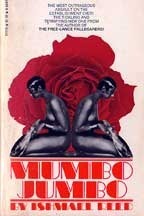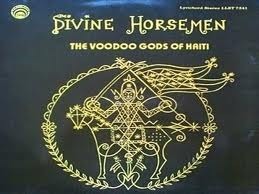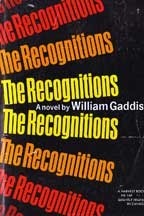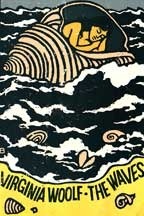Influencing Happy Talk
When I was doing readings from my first novel, Jokerman 8, there was one audience question that always came up in one form or another:
‘How much of the book is true?’
‘Did you spike trees? Sink whaling boats?’
‘Which character is based on you?’
I began to dread this reality-based line of questioning, not from any reclusive desire, but because my answer was so unsatisfying: ‘I made the whole thing up.’ No one wants to hear that.
Of course, there was quite a bit of my own experience in the book but it was covered with so many layers of fiction that it all seemed more imaginative than true.
To remedy my response to this question, I vowed that my next novel (which became Happy Talk) would be so out there that no one would think to ask which parts are me. I set the book in a place I’ve never traveled (Haiti) and in an era before I was born (the 1950s). Of course, once again, the book is based on my own emotional experiences but it’s even more deeply veiled.
A byproduct of writing a book like this is that you lean more heavily on your source material, which turned out to be one of the more enjoyable aspects of writing the novel. Happy Talk is a book that talks to other books. It’s one big, happy salute to its literary influences.
Here’s a quick look at a few of Happy Talk’s childhood heroes:
Mumbo Jumbo, by Ishmael Reed. When I read this novel, I felt there was second novel inside of it, a novel yet unwritten. The idea of Haiti as a spiritual pipeline from Africa and as well as white conspiracies to suppress all things African in origin gave Happy Talk its political and satirical impetus.
Divine Horsemen, by Maya Deren. I’m fascinated by the comic and dramatic possibilities surrounding voodoo possession — the idea of a spirit (or character) speaking through another person’s body. Maya Deren’s book, which started as a study of Haitian dance and ended as an ethnographic survey of voodoo, provides excellent source material, creating a deeply respectful portrait of the Haitian people of the countryside and their spirituality.
The Recognitions, by William Gaddis. This was a novel I had been searching for all my life before hearing about it for the first time in 2001. Gaddis can carry a story through dialogue like no other writer I’ve ever encountered (except maybe Dostoevsky). A writing trick I learned from The Recognitions: You don’t always need to identify who’s speaking if 1) the dialogue makes it obvious who the speaker is, or 2) it makes no difference to the story who the speaker is.
The Waves, by Virginia Woolf. One strength of the novel form is how it so easily allows readers to slip inside a character’s head. I’ve always loved this book and found the lyrical interior monologues incredibly moving. With Happy Talk, I decided to use dialogue to carry the story and Virginia Woolf-style monologue passages to maintain an emotional connection to the characters.
While those four books had the greatest effect on the novel, there are others I should mention as they were often in the back of head while I was writing: Catch-22, by Joseph Heller; There is a Tree More Ancient Than Eden, by Leon Forrest; On Thermonuclear War, by Herman Kahn, The Comedians, by Graham Greene; and O Pure and Radiant Heart, by Lydia Millet.









